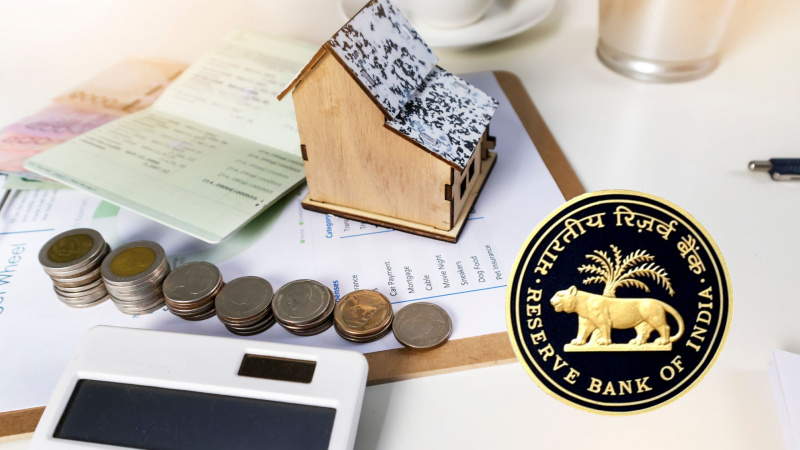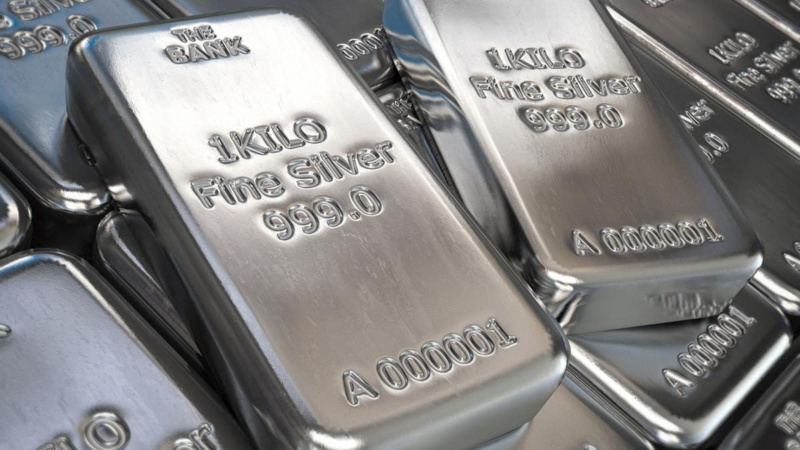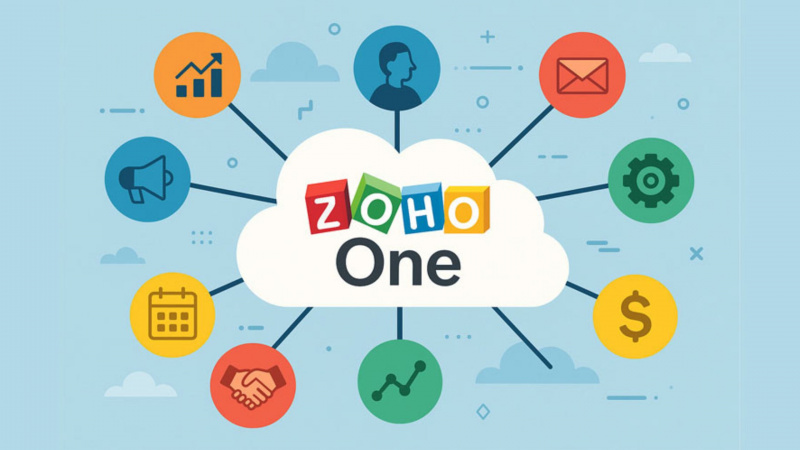The impact of GST on your purchases
Eating out When an individual eats at a restaurant, the GST rate will be either 5%, 12% or 18% depending on whether the restaurant is under the composition
- by Vandita Jadeja 2019-10-07 08:45:40
With the implementation of GST in the country, there has been a significant impact on the businesses as well as the monthly budget of the common man. Based on the GST treatment, the prices of the goods and services will either increase or show a decline.
Eating out
When an individual eats at a restaurant, the GST rate will be either 5%, 12% or 18% depending on whether the restaurant is under the composition scheme, whether it is air conditioned or non-air conditioned. Earlier, there was a service tax and VAT charged on the invoice which varied from restaurant to restaurant. The replacement of GST with the indirect taxes has made it easier for the customer to understand how much amount is going to the government.
Buying gold
Indians spend a huge amount on the purchase of gold; the implementation of GST has increased the rate of tax by 1 per cent. Earlier, the tax on gold was 2% in most states and 5% in Kerala. The GST rate has increased the tax from 2% to 3%.
Buying property
For property under construction, there is a significant impact with the implementation of GST. The rate of GST is 12%, with the ability of the builder to avail all the input tax credits which results in a low cost being passed on to the buyers by commensurate reduction in prices. If the builder has already purchased the construction material, availing the credit of input tax will not be possible. However, for the properties under construction, the consumers will be charged for additional tax without any actual reduction in the construction value. Earlier the rate was 6% which has almost doubled with the implementation of GST.
Education and healthcare
Primary education and primary healthcare are exempt from GST. With respect to expenses like healthcare and education, it has been kept outside the ambit of GST. This means that there is no tax to be paid on the amount spent on these by the consumer, but the tax burden is included in the fees as the service provider in these sectors will not be eligible for input tax credit.
Buying a car
When it comes to purchasing a car, the GST rates have been kept almost the same. However, with the transition into GST, there have been issues in maintaining the prices of the cars manufactured before GST but sold after the implementation of GST. Since the excise duty on the manufacture has already been paid but with the sale of car, it will attract a higher GST rate as against a lower VAT rate. Due to this, discounts are being offered to clear the inventory lying with the dealers.
Thus, it can be said that the government has kept the consumer’s interest in mind while deciding the rates of GST, which has also made the consumer aware of the impact of GST on their purchases of luxury products and commonly used products.

POPULAR POSTS
Pine Labs IPO 2025: Listing Date, Grey Market Premium, and Expert Outlook
by Shan, 2025-11-05 09:57:07
India’s Largest Unicorn Startups in 2025: Rankings, Valuations, and Trends
by Shan, 2025-09-18 10:32:48
Swiggy Launches Toing App in Pune to Serve Affordable Food Delivery — What It Means for the Market
by Shan, 2025-09-16 12:29:08
Trending Startup Ideas for 2025: Where Innovation Meets Opportunity
by Shan, 2025-09-05 11:56:43
19 Best Business Ideas to Start in India 2025: From Low Investment to High Demand
by Shan, 2025-09-03 10:58:15
Razorpay Business Model Explained: How the Fintech Giant Makes Money in India
by Shan, 2025-08-05 12:10:28
How CRED Reimagined Credit Card Rewards into a Billion-Dollar Fintech Empire
by Shan, 2025-08-04 12:28:03
RECENTLY PUBLISHED

Loan EMIs to Drop as RBI Slashes Repo Rate - Full MPC December 2025 Highlights
- by Shan, 2025-12-05 11:49:44

The Agentic Revolution: Why Salesforce Is Betting Its Future on AI Agents
- by Shan, 2025-11-05 10:29:23

Top 10 Insurance Companies in India 2026: Life, Health, and General Insurance Leaders Explained
- by Shan, 2025-10-30 10:06:42

OpenAI Offers ChatGPT Go Free in India: What’s Behind This Big AI Giveaway?
- by Shan, 2025-10-28 12:19:11

Best Silver Investment Platforms for 2025: From CFDs to Digital Vaults Explained
- by Shan, 2025-10-23 12:22:46





 Subscribe now
Subscribe now 